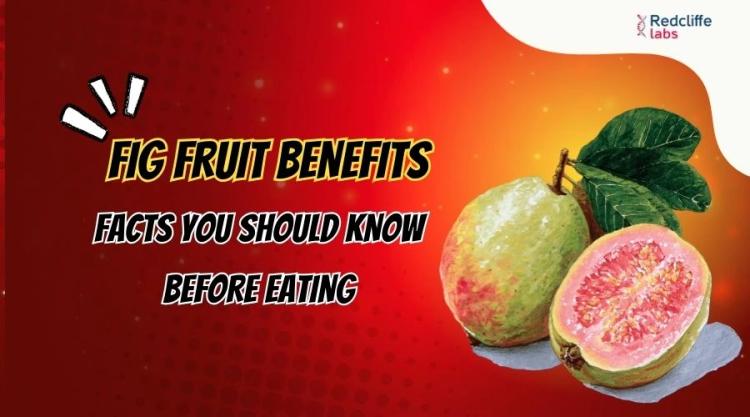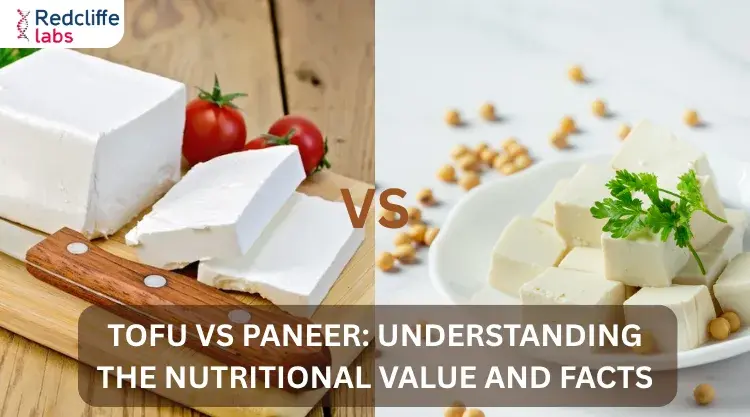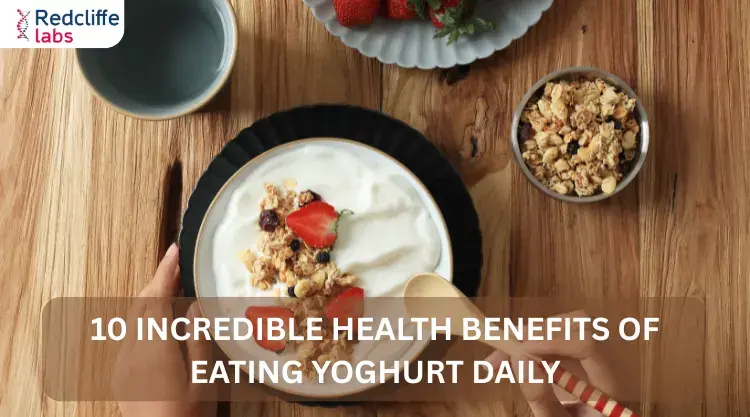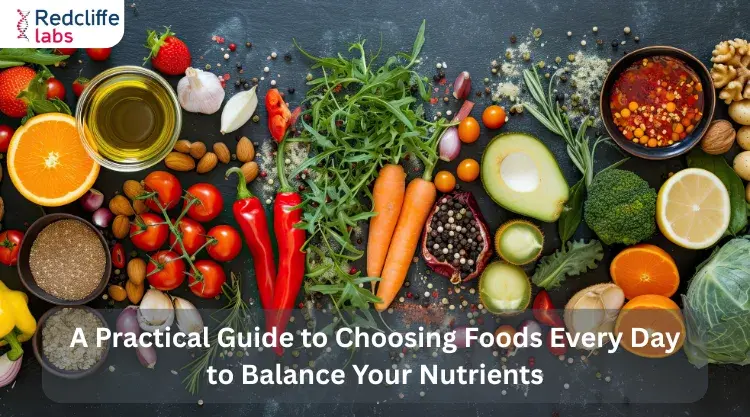10 Amazing Paan Leaf Benefits We Bet You Don’t Know!

Medically Reviewed By
Dr. Geetanjali Gupta
Written By Muskan Taneja
on Oct 9, 2024
Last Edit Made By Muskan Taneja
on Jul 19, 2025
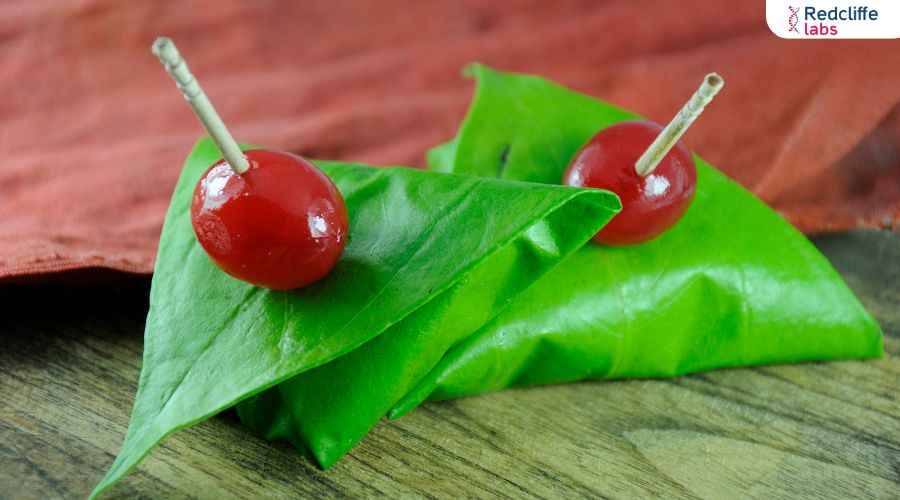
Paan leaf, also known as betel leaf, is an ancient Indian herb. In 400 BC, it played a crucial role in ancient culture. Ayurveda, in its book, explained the importance of paan leaf.
European traveler Marco Polo noted that chewing paan or betel leaf was common among kings and nobles in India.
Several researches and studies have been conducted on paan leaf. They have found that paan leaf extract, fraction, and purified compounds play an important role in oral hygiene.
In India, paan leaves are presented to gods, especially during festivals. However, there is more to its ancient belief and existence. The paan leaf possesses several health benefits for the skin, hair, and overall body.
What is Paan Leaf?
Paan leaf, betel leaf, or piper leaf are all the same. Paan leaf is part of the pepper family. These leaves are popular, especially in South Asia. They are commonly present in your household, providing cultural and medicinal benefits. Paan leaves have a distinct flavor and distinctive qualities. They are rich in antioxidants, antibacterial, and anti-inflammatory properties.
You can include paan leaf as a mouth freshener, powder, flavor in cooking, smoothies, and paste. Chewing paan wrapped with nuts, spices, herbs, and tobacco (sometimes) is popular in South Asia. Most South Asians believe chewing paan leaf after a meal gives a minty taste and aids digestion.
Also, read: https://redcliffelabs.com/myhealth/food-and-nutrition/10-benefits-of-mixing-dates-with-milk/
Nutritional Value of Paan Leaf
Paan leaf consists of several nutrients and properties. They benefit your overall health. The nutritional value of paan leaf is as follows:
| Nutrient | Amount (100g) |
| Antioxidant | 78.15 mg |
| Vitamin C | 20.66 mg |
| Carbohydrates | 7.33g |
| Fiber | 1.96g |
| Fat | 0.73g |
| Protein | 3.49g |
| Energy | 49.85 kcal |
Also, read https://redcliffelabs.com/myhealth/dry-fruit/10-amazing-health-benefits-of-raisins/
10 Effective Paan Leaf Benefits
Paan leaves contain antioxidant, antimicrobial, anti-inflammatory, analgesic, anti-diabetic, and digestive properties. These characteristics combined provide several health benefits. These are:
- Improving digestion
- Boost oral health
- Enhances skin health
- Manage blood sugar levels
- Supports respiratory health
- Relieve pain and inflammation
- Helps in wound healing
- Enhance mental health
- Aids in weight loss
- Support cardiovascular health

Betel Leaf Improves Digestion
Paan leaf contains properties that aid in digestion. Eating pan leaf after a meal can help easily absorb nutrients, including digestive juices.
It can also help with irregular bowel movements, constipation, bloating, and indigestion. Experts say the fiber content of paan leaves helps with overall digestive health.
Betel Leaf Boost Oral Health
Studies show chewing paan leaf can improve gum health and maintain oral hygiene. Boosting oral health is one of the medical uses of betel leaf.
Paan leaf contains antibacterial qualities that fight against oral pathogens, prevent foul smell, and minimize the risks of plaque.
Betel Leaf Enhances Skin Health
Experts say that betel leaves protect the skin from acne, pimples, and other skin harms.
Paan leaf contains anti-inflammatory and antioxidant properties that help maintain a glowing complexion.
Chewing is one way, while you can also apply betel leaf paste to treat skin rashes, eczema, and fungal infections.
Betel Leaf Manages Blood Sugar Levels
Paan leaf contains anti-diabetic properties that aid in blood sugar regulation. Chewing paan leaves after a meal can help reduce the chances of diabetes and prediabetes.
Betel leaf reduces the chances of blood sugar levels and increases insulin sensitivity. Studies show that betel leaf may be beneficial for diabetics or pre-diabetics.
Betel Leaf Support Respiratory Health
Paan leaves are rich in anti-inflammatory properties and can help remove mucus from the respiratory system.
Studies have shown that betel leaf can be useful in treating respiratory infections, such as asthma, colds, coughs, and bronchitis.
If you wonder how to use betel leaf for colds and coughs, there are several ways.
- Soak crushed betel leaf in warm mustard oil and apply it on your chest to relieve cold or cough.
- Crush some betel leaf to extract its juice and mix them with two teaspoons of juice and one teaspoon of honey. Take this twice a day, especially 30 minutes after eating.
Betel Leaf Relieves Pain and Inflammation
Betel leaf or paan leaf has analgesic and anti-inflammatory properties. They can help in lowering inflammation and ease pain.
Apply paan leaf paste if you have menstrual cramps, aches, migraines, muscle pain, or joint pain.
Betel Leaf Helps in Wound Healing
People have been using paan leaves to heal wounds since ancient times. Their antibacterial effect can treat cuts, wounds, and infections.
Betal leaf medicinal uses include early treatment of wounds. You can keep yourself infection-free by applying betel leaf paste or drinking its juice.
Betel Leaf Enhances Mental Health
Paan leaf benefits mental health. It is not a popular fact, but it can lower tension and anxiety.
Chewing paan leaf can relax the nervous system, boost mood, sharpen the mind, and enhance mental health.
Betel Leaf Aids in Weight Loss
Betel leaf supports a strong metabolism and curbs hunger. It is rich in fiber, which keeps you full for long.
You can chew paan leaf with nuts if you are on a weight loss journey and crave a sweet snack.
Betel Leaf Support Cardiovascular Health
Paan leaf can help lower the risks of heart disease by controlling blood sugar, blood pressure, and cholesterol levels.
Studies show that betel leaf enhances blood flow and the cardiovascular system.
6 Side-effects of Paan Leaf
Betel leaf or paan leaf is rich with several health benefits. However, it may hurt your body as well. Here are certain side-effects of paan leaf.
- Chewing paan leaves can cause oral health issues, such as mouth ulcers, gum diseases, and even tooth damage.
- Overconsumption of betel leaf may lead to liver toxicity.
- It can affect your nervous system by increasing blood pressure, sweating, and body temperature.
- Betel leaves can cause allergic reactions such as itching, swelling, or redness in the mouth.
- Chewing can cause chronic kidney diseases.
- It can lead to an addiction, especially when combined with nuts and tobacco.

Precaution You Should Take with Paan Leaf
Paan leaf contains nutrients that provide health benefits and side effects. However, there are some precautions you should take with paan leaf or betel leaf.
- Have them fresh, sourced, and clean to avoid infection and contamination.
- Have it in moderate form to avoid negative effects.
- Remember to consume them occasionally.
- To avoid dental or other health problems, avoid mixing paan leaf with tobacco, arena nuts, or slaked lime.
- If you are pregnant, nursing, or have an underlying medical health issue, consult your doctor before taking paan leaves.
- Make sure the leaves are in a clean space and devoid of pesticides.
Key Takeaways
- Betel leaves have been significant and popular since ancient times.
- Paan leaves are a multipurpose plant that provides several benefits for skin, hair, and overall body.
- Eating them daily can help reduce sugar levels and also aid in digestion.
- Consuming them in a moderate amount can provide safe and effective benefits.
- Overconsumption may lead to liver or kidney problems.
